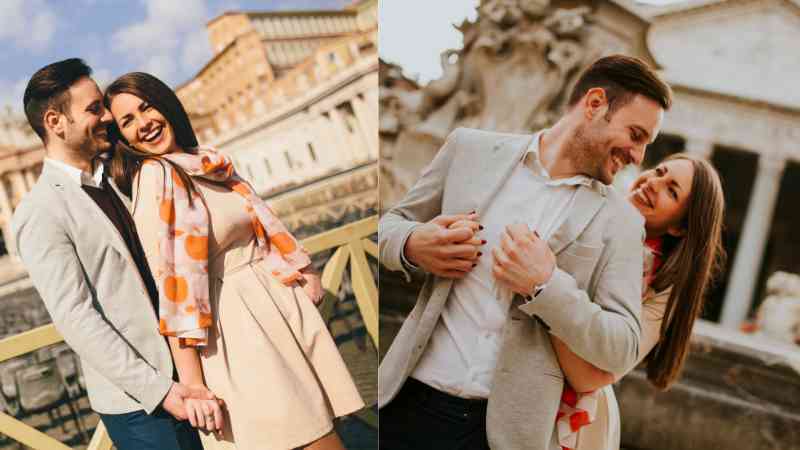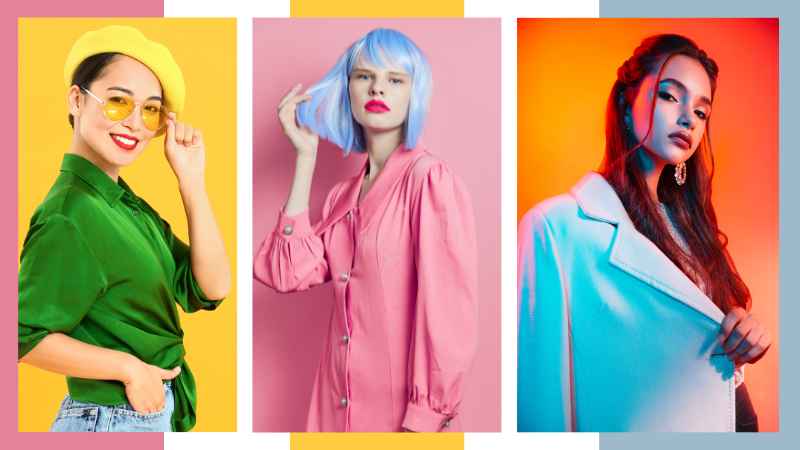Costume design plays a crucial role in storytelling by visually representing characters’ personalities and social status. The intersection of fashion and film is a dynamic realm where costumes do more than just clothe actors; they breathe life into characters, set the tone of the narrative, and enhance the visual storytelling of cinema. Fashion trends influence how characters are portrayed, affecting audience perceptions and deepening engagement with the story.
Costume design isn’t merely about creating visually appealing outfits; it’s about understanding how clothing contributes to character development and reflects the narrative of the film. From Hollywood’s glamorous eras to modern cinema, costume designers play a pivotal role in shaping how stories are told on screen. This exploration will delve into the historical evolution, influential designers, the narrative power of costumes, and future trends in film fashion.
The Evolution of Costume Design in Cinema
Historical Context of Costume Design
The history of costume design in film reveals a fascinating evolution, mirroring changes in fashion trends and social norms. Early films, constrained by technological limitations, used costumes to reflect broad societal themes. As cinema progressed into Hollywood’s golden age, costume designers began to craft more elaborate and historically accurate outfits, aligning with the period of the film.
During the silent film era, costumes were designed to convey character traits and social status through visual storytelling with minimal dialogue. The 1920s, marked by the jazz age, saw costumes like flapper dresses become iconic symbols of the era. The 1950s introduced cinematic glamour with elaborate gowns and tailored suits that reflected the Hollywood dream.
Costume designers adapted their techniques to the changing demands of film. For instance, Jean Louis, a prominent designer in the 1950s, used fabric and design to create memorable looks for stars like Marilyn Monroe. This period emphasized the relationship between fashion and character development, showcasing how garments could define an on-screen persona.
Iconic Costume Designers and Their Impact
Some designers have left an indelible mark on film fashion, shaping cinema with their innovative approaches. Edith Head was a trailblazer in Hollywood, known for her work on classics like “Rear Window” and “The Birds.” Her use of the black dress and elegant gowns became synonymous with Hollywood glamour, effectively communicating character traits and social status.
Jacqueline Durran has continued this legacy with a modern twist. Her work on “Pride and Prejudice” and “Anna Karenina” showcased how fashion trends from different historical periods can be adapted to enhance character development. Durran’s meticulous attention to historical accuracy and fashion evolution in her designs helped portray the distinct personalities and social statuses of her characters.
Costume Design as a Narrative Tool
How Costume Design Enhances Storytelling
Costume design serves as a powerful tool in visual storytelling, offering a window into the world of the film. It helps to establish character traits, convey social status, and reflect the narrative through clothing. For example, Alice’s iconic blue dress in “Alice in Wonderland” is not just a costume but a symbol of her innocence and curiosity. This garment helps the audience connect with Alice’s character and understand her role in the story.
Similarly, the Joker’s distinctive look in “The Dark Knight” uses clothing to reflect his chaotic nature. The clown’s makeup and purple suit create a striking visual contrast that highlights his role as an antagonist. This careful selection of attire underscores the Joker’s character development and enhances the film’s narrative.
Case Studies: Costume Design in Iconic Films
Examining notable films provides insight into how costume design has influenced cinema. “The Great Gatsby” is a prime example where 1920s fashion plays a critical role in setting the tone of the film. The elaborate flapper dresses and tailored suits not only reflect the period but also enhance the film’s exploration of wealth and social status.
“Mad Max: Fury Road” demonstrates how post-apocalyptic attire can convey a world’s history and characters’ survival instincts. The costumes in this film are designed to reflect the harsh realities of a dystopian future, contributing to the film’s intense and gritty atmosphere. The use of makeshift garments and protective gear enhances the character’s building and underscores the story’s setting.
The Process of Creating Film Costumes
From Concept to Screen: Designing Costumes
Creating film costumes involves a detailed process that starts with research and concept development. Designers begin by studying the time period and fashion trends relevant to the film’s setting. This historical accuracy ensures that costumes are both authentic and visually appealing.
Designers then move on to fabric selection, considering how different materials will appear on screen and affect the overall visual storytelling. For instance, silk may be chosen for a character’s elegant appearance, while leather might be used for a more rugged look. The next stage involves designing and fitting, where garments are tailored to suit the actors and their characters.
Finalizing costumes requires careful attention to detail, ensuring that each piece supports the narrative and character development. The production process involves constant adjustments to ensure that the attire fits the actors perfectly and enhances their performance.
Collaboration between Costume Designers and Filmmakers
Costume designers work closely with directors, actors, and other film professionals to create a cohesive visual language. This collaboration ensures that clothing supports the storytelling and aligns with the director’s vision. For example, in “The Lord of the Rings,” the costume department collaborated with the director to create outfits that reflected the fantastical world and individual characters’ journeys.
Successful film costume designers balance artistic vision with practical needs, such as ensuring that costumes are durable and comfortable for actors. This collaboration is essential to achieving character development and enhancing the film’s narrative.
The Future of Costume Design in Film
Emerging Trends and Innovations
Technology’s role in costume design is evolving rapidly, with advancements in digital matte and cinematic animation transforming how costumes are created and visualized. Digital tools allow designers to experiment with different designs and materials before finalizing costumes, offering new possibilities for creativity.
The integration of cinematic animation and unreal engine technology in costume design is opening up new avenues for character animation and visual storytelling. These innovations enable designers to create costumes that are not only visually stunning but also enhance the film’s narrative and character portrayal.
Predictions for the future of costume design include increased use of sustainable materials and advanced technologies. As the film industry continues to embrace eco-friendly practices, costume designers are likely to incorporate recycled fabrics and innovative production techniques into their work.
FAQs
What is the role of costume design in film storytelling?
Costume design plays a crucial role in character building by using clothing and fashion to support narrative and visual storytelling. It helps to define characters, establish their roles in the story, and reflect their social status.
Who are some of the most influential costume designers in film history?
Notable costume designers include Edith Head, known for her glamorous Hollywood designs, and Jacqueline Durran, whose work on films like “Pride and Prejudice” reflects both historical accuracy and modern fashion trends. Their contributions have significantly shaped cinema and character development.
How do costume designers collaborate with other film professionals?
Costume designers collaborate with directors, actors, and other film professionals to ensure that clothing supports the visual language and narrative of the film. This collaboration involves balancing artistic vision with practical needs to enhance the storytelling and character portrayal.
Conclusion
Costume design is an integral part of film storytelling, enhancing character development and contributing to the visual language of cinema. From its historical evolution to its modern innovations, costume design continues to play a vital role in shaping how stories are told on screen. The future of costume design promises exciting advancements, with technology and fashion trends influencing the film industry in new and dynamic ways. As costume designers continue to push the boundaries of creativity, their work will remain a cornerstone of effective and compelling storytelling in film.
References
- Edith Head’s biography and impact on Hollywood
- Jacqueline Durran’s film contributions
- Fashion trends and historical accuracy in costume design
More Post
The Secret of Scarves: Transforming Outfits with a Simple Accessory
The Perfect Lace Party Dress: How to Find It?
What is The Role of Fashion in Rites of Passage?


